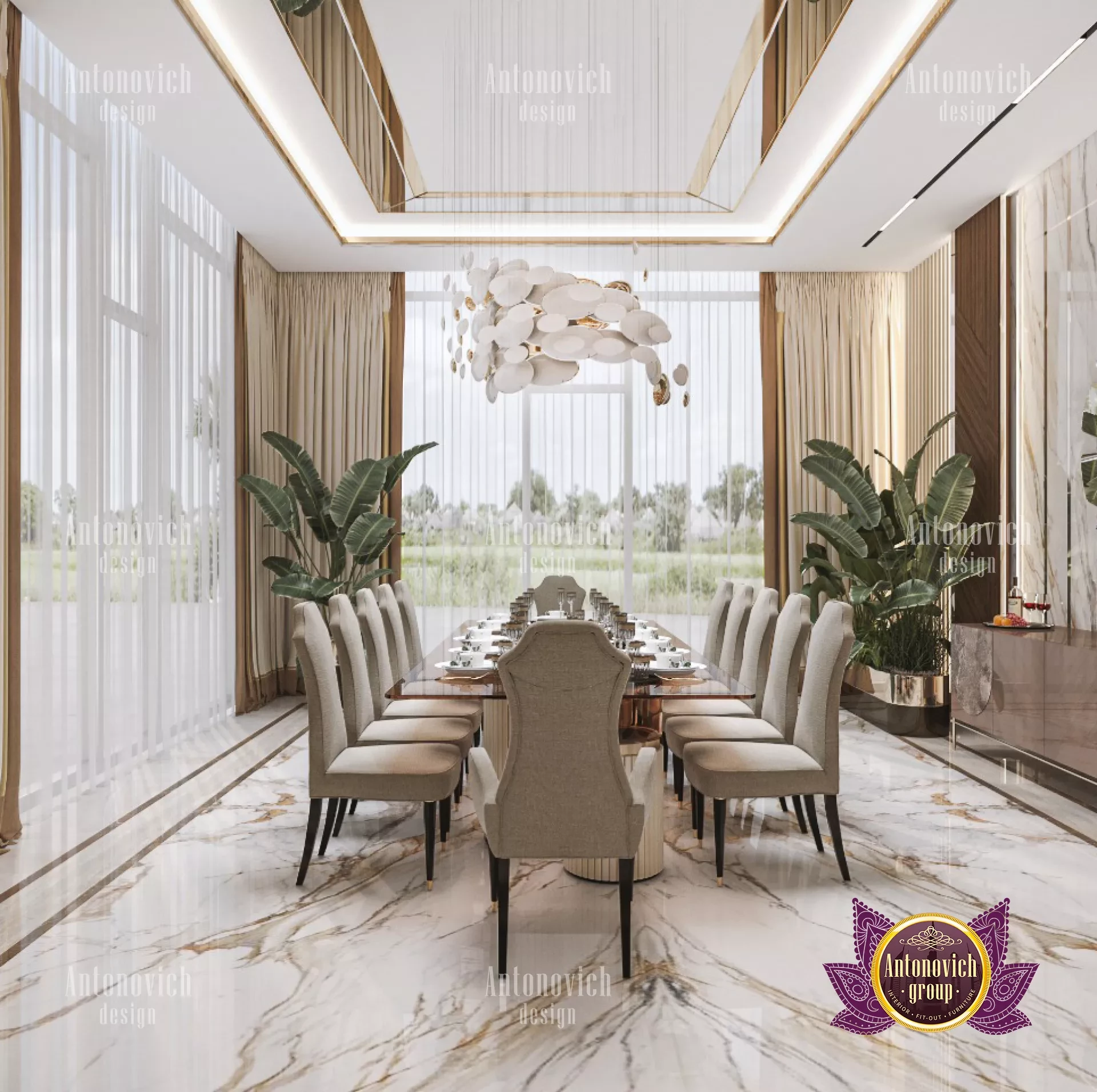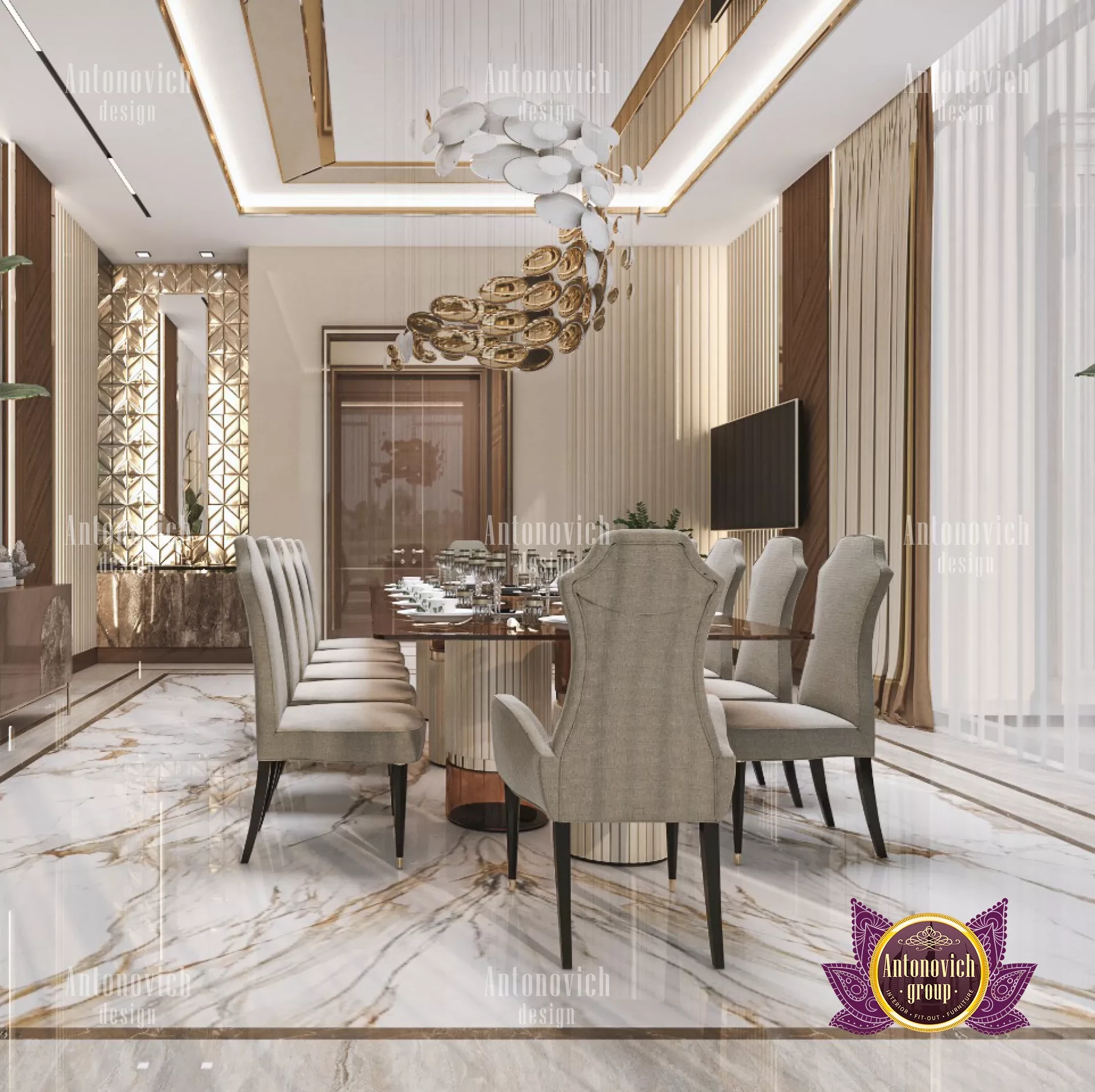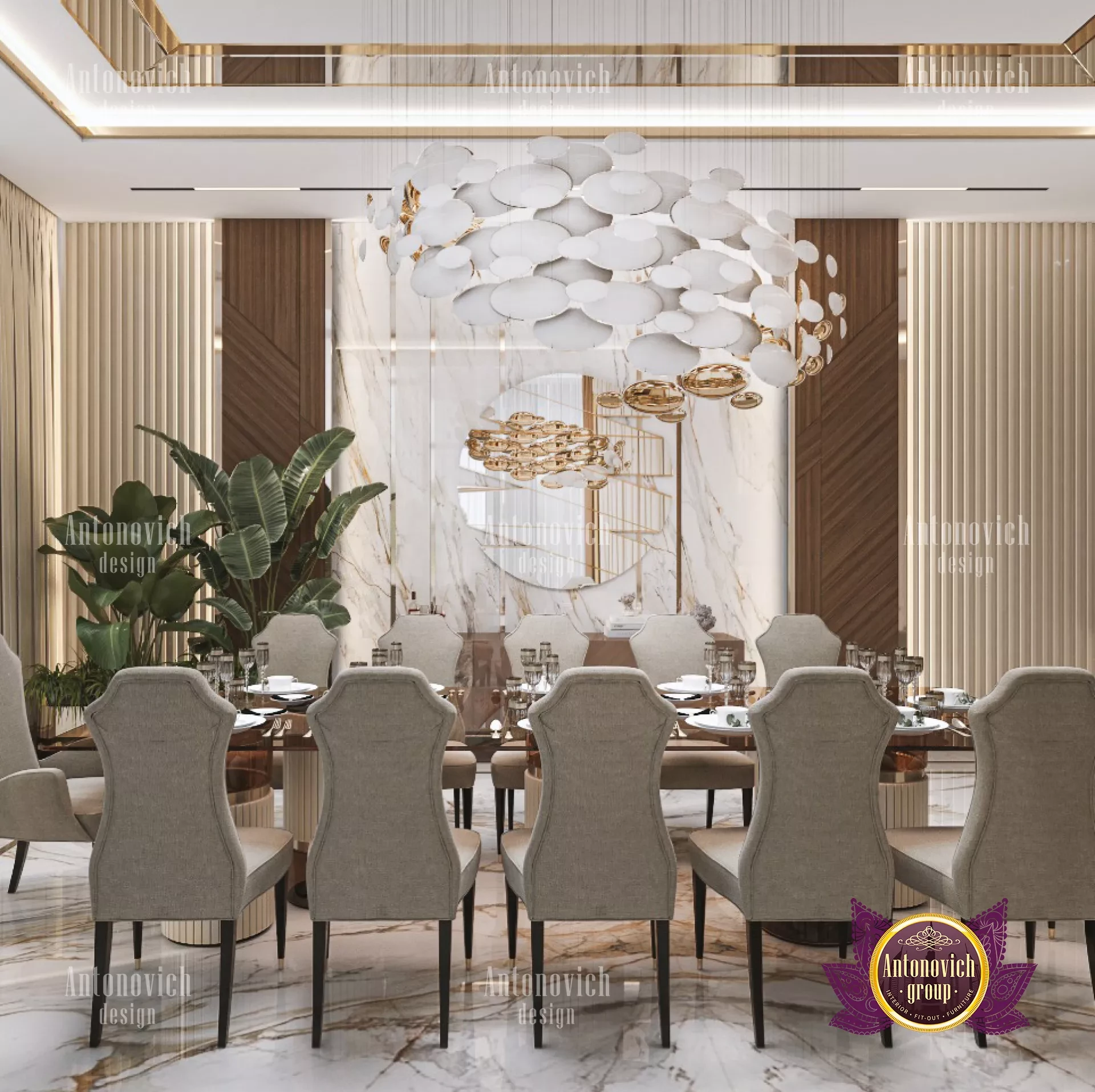WALL COLOR OPTIONS FOR A DINING ROOM
Natural-colored walls may be the ideal blank slate for a clean and friendly dining room interior design, whether you want them to fade into the background or stand out when they take center stage. Natural tiles offer a sturdy basis for decorating regardless of your design style, whether you want to create a conventional white feature wall, an earth-toned shower tile, or wood-look porcelain flooring. In order to learn more about our color possibilities, let's take a closer look at the idea of naturalness. You might be asking what colors are considered natural. We are aware that picking natural tiles might be difficult because there is a lot of disagreement about what really counts as a "natural" hue. While most of us think of "naturals" when we think of black, brown, white, or gray hues, we may also see beige, ivory, taupe, or even subdued green tones. To make things easier, natural colors are those that do not exist on the color wheel!

It's significant to notice that all other natural colors have a color beneath them, in contrast to the first four natural colors stated above. Those naturals will be classified as warm or cool based on their undertones, so depending on the atmosphere you want to create, you might want to make sure that different undertones complement your overall décor. Natural color schemes are seen negatively since, in our judgment, they are boring and ugly. Natural house colors are truly anything but "boring," and for astute interior designers who want to have a wide range of options, they are a need. Here are a few explanations for why attractive dining room designs will always favor natural materials. Natural tones may offer a stable, relaxing, and soothing attitude whereas bright colors may express a more energizing mood. With these colors, your home could feel lighter and more spacious. Naturals also exude sophisticated modern style, providing your luxury home interior with a timeless look that fashions simply can't match.

Natural tones also provide you the freedom to experiment with textures without worrying that the room will get too crowded. In actuality, adding texture to keep things interesting is the key to wearing subdued tones. If your walls or flooring are painted in muted tones, you may simply add texture to your furniture by using nubby knits, fuzzy rugs, woven accessories, and even metallic hints. Remember that when it comes to texture in natural design, more is more. Natural hues blend very nicely with the backdrop while allowing for the use of bright colors in accent walls, furniture, and other decorations. Because your tastes may vary over time, a simple option is to swap out elements to give the room a whole distinct atmosphere, such as cushions, blankets, carpets, or standout pieces of furniture. Nothing is more timeless than wood appearance flooring for natural houses with a neat and realistic backdrop, regardless of age or kind of furniture! The organic appearance of floor tile patterns that imitate wood has a timeless allure that works in a variety of settings, from ultra-modern to homes with subdued color schemes in an antique manner. In addition to the durability that comes with all of the porcelain's benefits, such as a surface that resists stains and moisture for durable kitchen and bathroom designs, cleaning tiles is also far simpler than cleaning actual hardwood. Do you have a special admiration for the natural world and natural habitations? Instead of visiting home décor shops, use tiles to bring the outside inside for a durable, natural appeal. Even in the frigid winter months, you may breathe new life into your walls by decorating them with tiles that have relaxing color schemes and fresh flower or leaf motifs.












